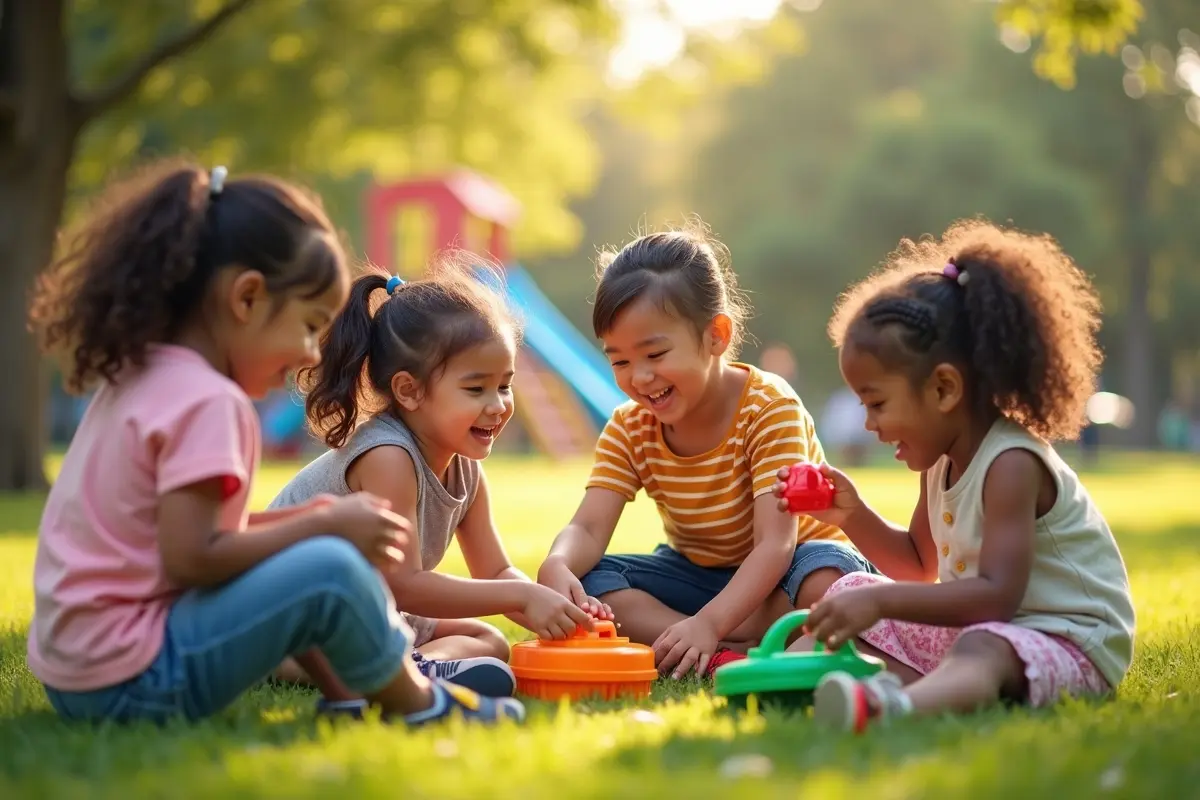Play has always been more than fun. It’s how children understand their world. From stacking blocks to exploring digital games, the way kids play changes as fast as the world around them. Yet play remains the center of learning, creativity, and growth.
It teaches lessons no classroom can. Through play, children test ideas, share feelings, and build the courage to face challenges. As play evolves, so do their minds and hearts.
Keep reading to see how the story of play reflects more than amusement; it tells the story of childhood itself.
From Outdoor Games to Digital Worlds
In the past, play was simple. Children ran outside, climbed trees, and built imaginary worlds. A stick could become a sword, and a few stones could turn into a castle. This kind of play built problem-solving skills and teamwork long before screens existed.
Then came toys that mirrored creativity-wooden puzzles, model trains, and dolls that sparked stories. As technology grew, curiosity found new paths. The rise of brands like Mattel brought toys that blended learning with fun. Today, play spans both real and digital worlds, helping kids explore, create, and understand life one adventure at a time.
Why Play Matters for Every Stage of Growth
Play isn’t just for fun-it’s how development happens naturally. In early childhood, it builds language and coordination. During middle childhood, it shapes teamwork, empathy, and problem-solving. Even in the teenage years, play supports creativity, stress relief, and emotional balance.
When children pretend, build, or explore, they’re practicing important life skills. They learn to share, negotiate, and adapt. These lessons go beyond the playground-they lay the foundation for how they’ll face challenges as adults.
Every stage of play adds another layer of growth. It’s not just about what kids do-it’s about who they become while doing it.
Balancing Old and New Ways to Play
In today’s world, balance is key. Screen time offers exciting worlds, but can’t replace the benefits of physical play. Outdoor games, art, and hands-on toys help develop fine motor skills and strengthen social bonds.
Parents, teachers, and caregivers can guide children toward variety-mixing classic play with modern creativity. When kids use both imagination and innovation, they develop a full range of skills that serve them for life.
The best play happens when old meets new, when the swing set meets the smartphone, and when discovery feels limitless.
The Role of Imagination in Modern Play
Imagination is what turns simple play into something powerful. When children dream up stories, build worlds, or pretend to be someone else, they’re not just having fun-they’re learning to think beyond what’s in front of them. Imagination teaches problem-solving, empathy, and creativity, all while keeping curiosity alive.
Even in today’s digital world, imagination remains the spark behind every kind of play. Whether a child uses blocks, dolls, or a screen, what matters most is how they see possibilities and bring them to life.
Where Play Leads Next
The evolution of play tells a story of growth, adaptation, and imagination. Every new game, toy, and idea adds a chapter to how children learn about themselves and their world.
No matter the generation or the gadget, play will always be the language of childhood-the space where learning feels like fun and curiosity feels like freedom. Because as long as children keep playing, the world keeps growing with them.
For more on this content, visit the rest of our blog!




